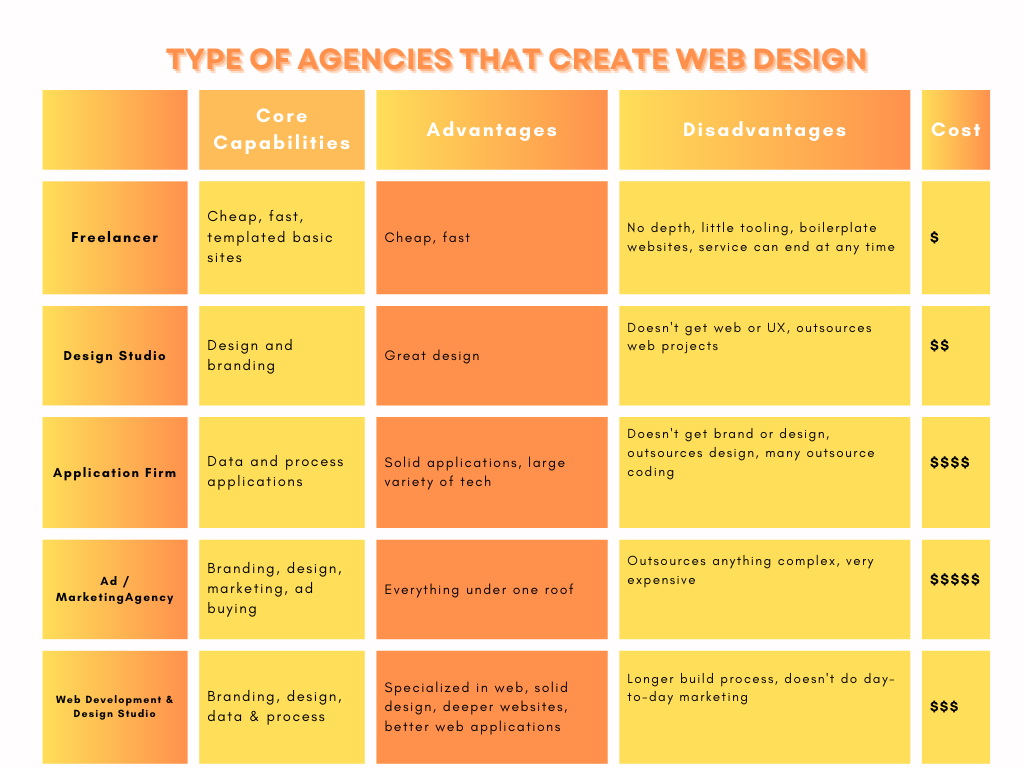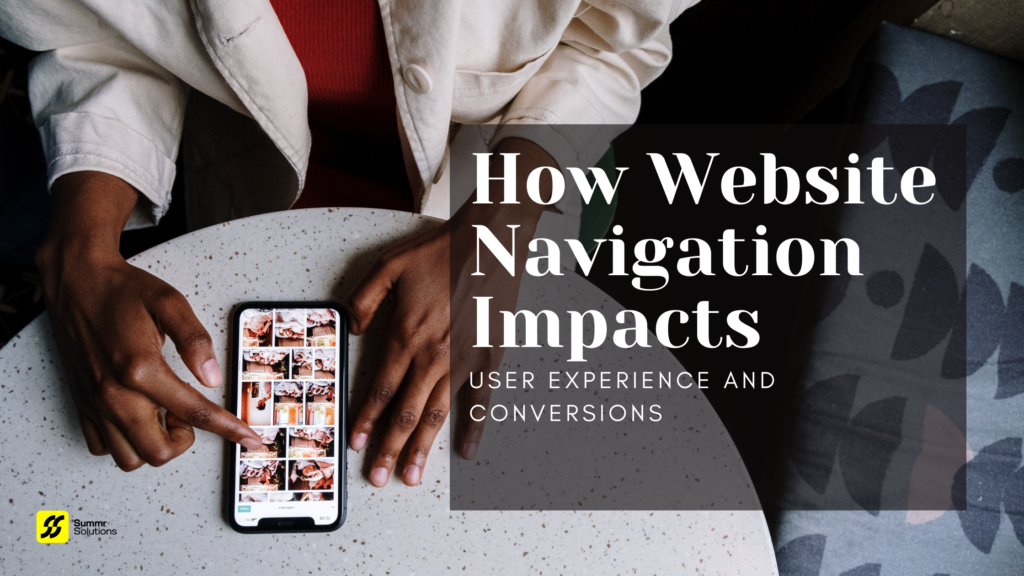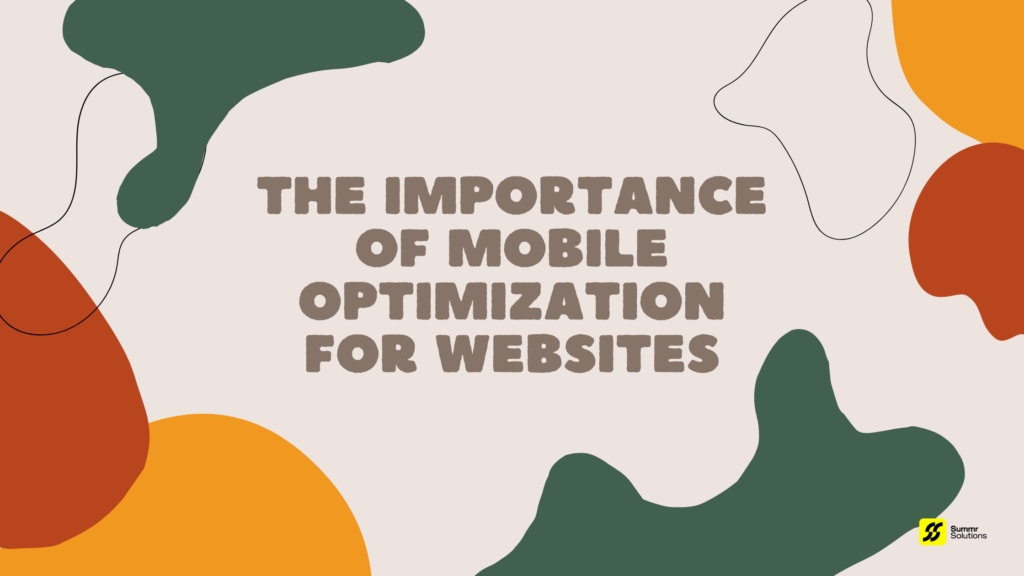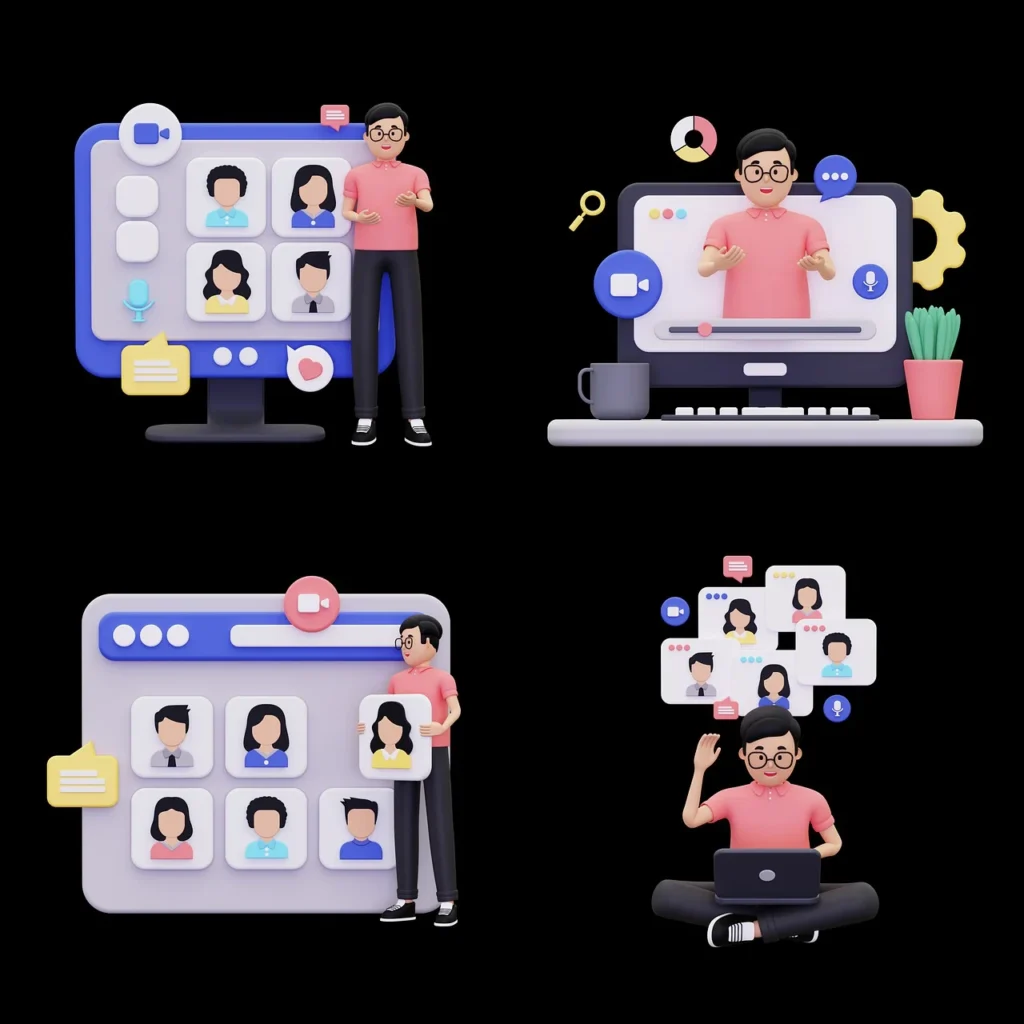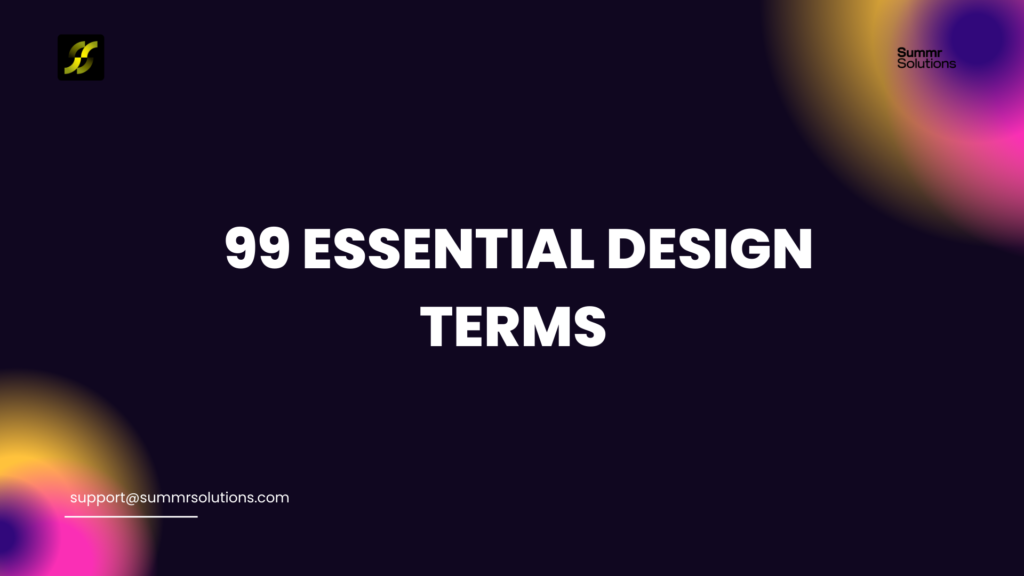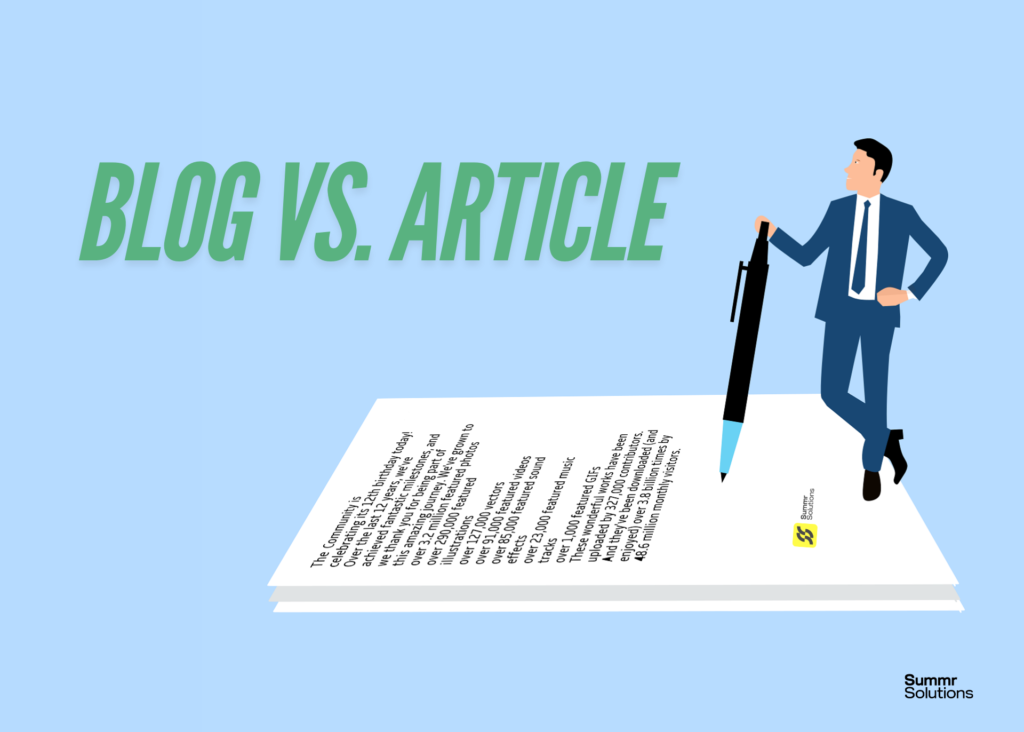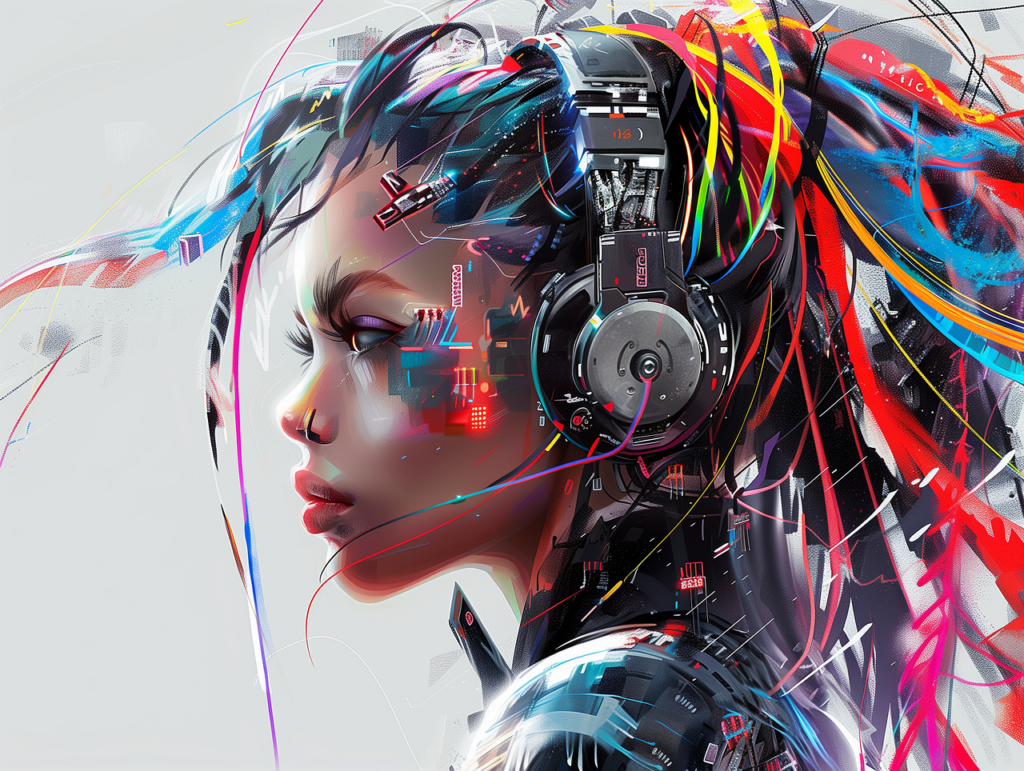In a groundbreaking development, OpenAI has begun rolling out a hyperrealistic voice feature for ChatGPT, offering a more dynamic and engaging conversational experience. Initially available to a select group of ChatGPT Plus users, this advanced voice mode marks a significant leap in AI-driven communication, combining natural-sounding speech with real-time emotional responsiveness.
What’s New in ChatGPT’s Voice Feature?
OpenAI’s new voice mode is based on its cutting-edge GPT-4o model, which merges previously separate processes—speech recognition, language understanding, and voice synthesis—into one seamless, multimodal system. This shift enables more efficient and fluid conversations with minimal latency. What sets this apart from earlier iterations is the voice’s ability to pick up on emotional cues, adjusting its tone to match the user’s feelings. Whether you’re asking a question excitedly or in a more somber tone, the AI can respond in a manner that feels surprisingly human.
Key Features of the Advanced Voice Mode
- Natural Conversational Flow: The updated voice mode allows for more fluid interactions, enabling users to converse with ChatGPT as they would with a human. This reduces the feeling of talking “to” a machine and fosters a more engaging experience.
- Emotional Recognition: The AI’s capability to interpret the emotional tone of users’ voices enhances the quality of interactions. This feature not only makes conversations feel more personal but also allows ChatGPT to provide responses that are contextually appropriate.
- Improved Latency: By integrating voice recognition and response generation into a single model, OpenAI has significantly reduced the time taken for ChatGPT to process and respond to voice inputs, resulting in near-instantaneous replies(Techopedia)(Datatechvibe)(MacRumors).
- User Customization: Users can choose from a variety of preset voices, each with its own unique characteristics, allowing for a more personalized experience. The initial rollout includes voices named Juniper, Breeze, Cove, and Ember(Techopedia)(MacRumors).
Why Only Some Users Have Access
Currently, this hyperrealistic voice feature is being released gradually, starting with a small group of ChatGPT Plus subscribers. OpenAI has chosen this controlled rollout to closely monitor how users interact with the voice and gather feedback for future improvements. According to OpenAI, a broader release is expected by the end of 2024(MacRumors).
discover why OpenAI plans to raise ChatGPT’s subscription to $44 by 2029!”
For more details, check out the full article
Safety and Ethical Considerations
As with any advanced technology, OpenAI is keenly aware of the ethical implications surrounding voice synthesis. The company is implementing safety measures to ensure the responsible use of the voice feature. This includes restrictions on voice cloning and the potential misuse of the technology for malicious purposes(Techopedia)(MacRumors).
A Competitive Edge in the AI Market
This feature arrives at a time when other tech giants like Apple and Google are pushing advancements in their voice assistants. Apple’s Siri and Google’s Gemini are integrating more advanced AI capabilities into their ecosystems, making the competition for voice-based AI hotter than ever. OpenAI’s hyperrealistic voice has the potential to stand out, especially with its ability to detect and respond to emotions, a trait that could make it a game-changer in customer service, education, and entertainment sectors(Techopedia)(MacRumors).
Conclusion: The Future of Voice AI
OpenAI’s introduction of hyperrealistic voice technology is a major step forward in making AI more interactive and emotionally intelligent. While the feature is still in its alpha stage, the early access given to ChatGPT Plus users offers a glimpse into the future of conversational AI—one where our digital interactions might feel almost indistinguishable from human conversations.
As this technology continues to evolve, it could redefine not just how we use AI tools, but how we communicate with technology altogether. Whether it’s for professional tasks or personal use, hyperrealistic voice features are likely to become an integral part of the AI landscape, elevating our expectations for what these systems can achieve.
Stay tuned for updates on when this feature will become more widely available!






